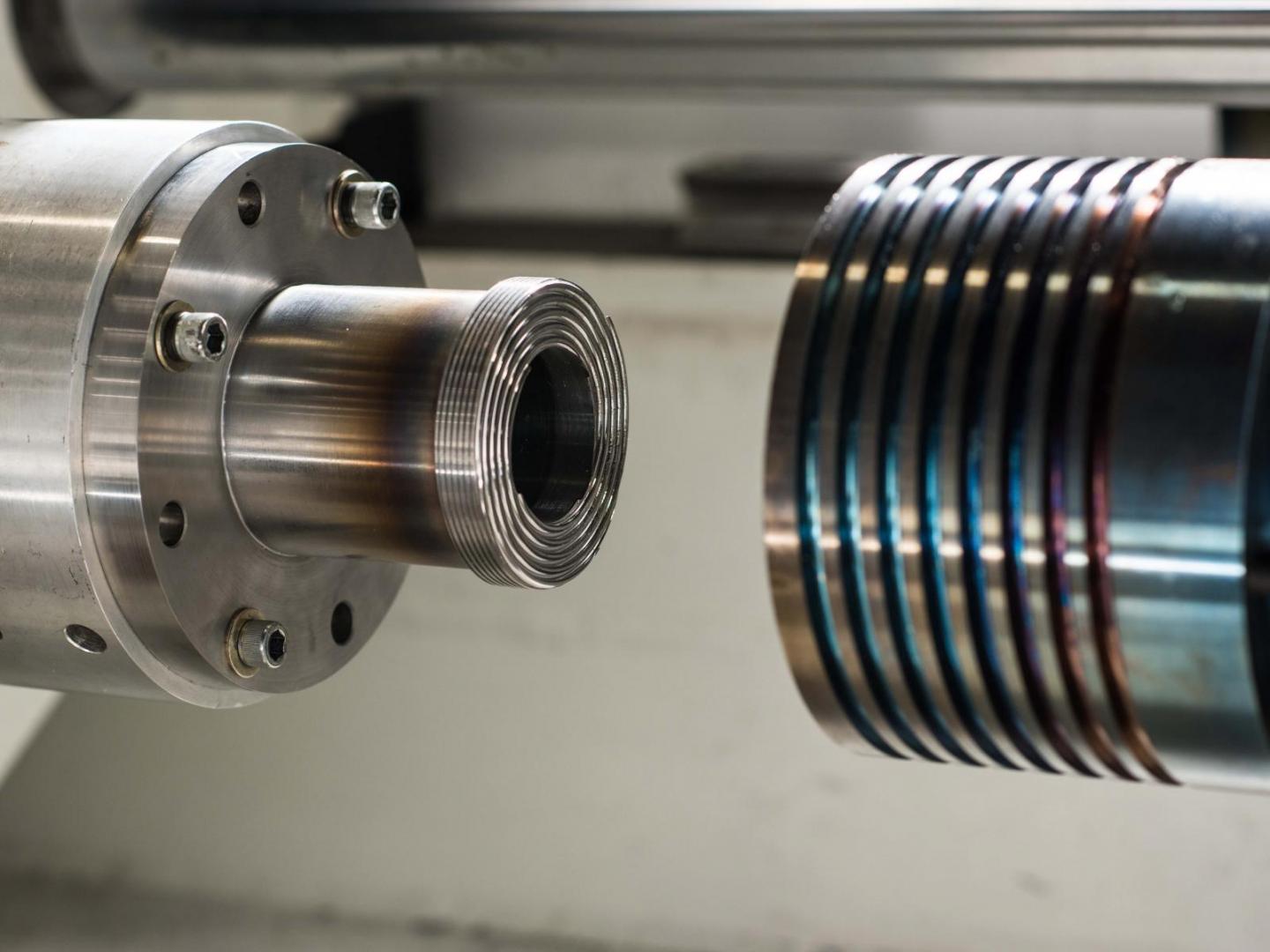
Researchers at the Pacific Northwest National Laboratory (PNNL) have demonstrated an advanced manufacturing process for producing nano-structured rods and tubes directly from high-performance aluminum alloy powder – in a single step.
Using a novel solid-phase processing approach, the research team eliminated several steps that are required during conventional extrusion processing of aluminum alloy powders, while also achieving a significant increase in product ductility (how far a material can stretch before it breaks). This is good news for sectors such as the automotive industry, where the high cost of manufacturing has historically limited the use of high-strength aluminum alloys made from powders. The team reports its work in a paper in Materialia.
High-performance aluminum alloys made from powder have long been used to produce lightweight components for specialized aerospace applications, where cost is not a limiting factor. But these alloys have typically been too expensive for the automotive industry.
A standard extrusion process for aluminum alloy powders is energy- and process-intensive, requiring multiple steps to mass produce the material. First, the loose powder must be loaded into a can and any gases removed with a vacuum, a process known as ‘degassing’. The can is then sealed, hot pressed, pre-heated and placed into the extrusion press. After extrusion, the can is removed, or ‘decanned’, to reveal the extruded part made from consolidated powder.
In this study, the team eliminated many of these steps, extruding nanostructured aluminum rods directly from powder in a single step, using PNNL's Shear Assisted Processing and Extrusion (ShAPE) technology. Extrusion of aluminum alloys directly from powder eliminates the canning, de-gassing, hot isostatic pressing, de-canning and billet pre-heating steps.
In the ShAPE process, a powder – in this case, an Al-12.4TM aluminum alloy powder provided by SCM Metal Products, a division of Kymera International – is poured into an open container. A rotating extrusion die is forced into the powder, generating heat at the interface between the powder and die. This causes the material to soften, which means it easily extrudes, eliminating the need for canning, degassing, hot pressing, pre-heating and decanning.
"This is the first published instance of an aluminum alloy powder being consolidated into nano-structured extrusions using a single-step process like ShAPE," said PNNL materials scientist Scott Whalen, who led the study.
"The elimination of both the processing steps and the need for pre-heating could dramatically reduce production time, as well as lower the cost and overall embedded energy within the product, which could be beneficial for automotive manufacturers who want to make passenger vehicles more affordable, lighter and fuel-efficient for the consumer."
Besides providing the Al-12.4TM powder, SCM Metals Products also performed mechanical testing to validate the resulting material's performance. PNNL and SCM Metal Products are now collaborating on a project for the US Department of Energy's Office of Technology Transitions to scale up the process for larger diameter extrusions.
Furthermore, eliminating processing steps and reducing heating weren't the only successful findings by the team. While high-performance aluminum alloys have historically shown excellent strength, they have typically been hampered by poor ductility. However, the team found dramatic improvements in the ductility of the extrusion produced by ShAPE, measuring ductility that is two to three times higher than found with conventional extrusion products, and with equivalent strength.
To understand the reason for the substantial increase in ductility, the team used transmission electron microscopy to evaluate the microstructures of the powder and the extruded materials. The results indicated that the ShAPE method refined the second phases in the powder – tiny strengthening particles of non-aluminum materials. ShAPE reduces these particles to nanoscale sizes and evenly distributes them throughout the aluminum matrix, increasing its ductility.
This story is adapted from material from Pacific Northwest National Laboratory, with editorial changes made by Materials Today. The views expressed in this article do not necessarily represent those of Elsevier. Link to original source.




